Special Report
20 Facts You Need to Know About the Apollo 8 Mission

Published:
Last Updated:

In 1968, America was tearing apart. There was racial unrest in the cities; Martin Luther King Jr. and Robert Kennedy had been assassinated; the Democratic National Convention descended into chaos; and America’s involvement in the Vietnam War was dividing the country. One of the few things that united the nation was the space program. The spectacular success of the Apollo 8 mission, which launched 50 years ago on Dec. 21, would become a harbinger for even greater achievement for NASA.
The crew of Apollo 8 — Frank Borman, James Lovell Jr. and William Anders — earned a place in history as the first people to leave Earth’s orbit, reach the moon, orbit it, and return safely to Earth. The photos they took of the moon, and the data they gathered while in deep space and in lunar orbit, were critical in preparing the United States for the moon landing the following year.
Apollo 8 also made a mark in the cultural firmament. On Christmas Eve, the astronauts read verses from the Bible, prompting legal action from activist atheist Madalyn Murray O’Hair that was dismissed by the Supreme Court. A lasting image from the mission was one of the photos the astronauts took came to be known as “Earthrise” and would become one of the most famous photos of all time.
The crew were lionized as Time magazine’s “Men of the Year” in 1968. Such was the goodwill generated from the mission that one grateful person sent Borman a telegram that read: “Thank You Apollo 8. You saved 1968.”
To mark the 50th anniversary of the Apollo 8 achievements, 24/7 Wall St. has compiled a list of the 20 facts about the mission. We used material from sources such as NASA, the Smithsonian National Air and Space Museum, the Museum of Science and Industry, websites from companies that built the Saturn V rocket, and media sources.
Click here to see the 20 facts you need to know about the Apollo 8 mission.
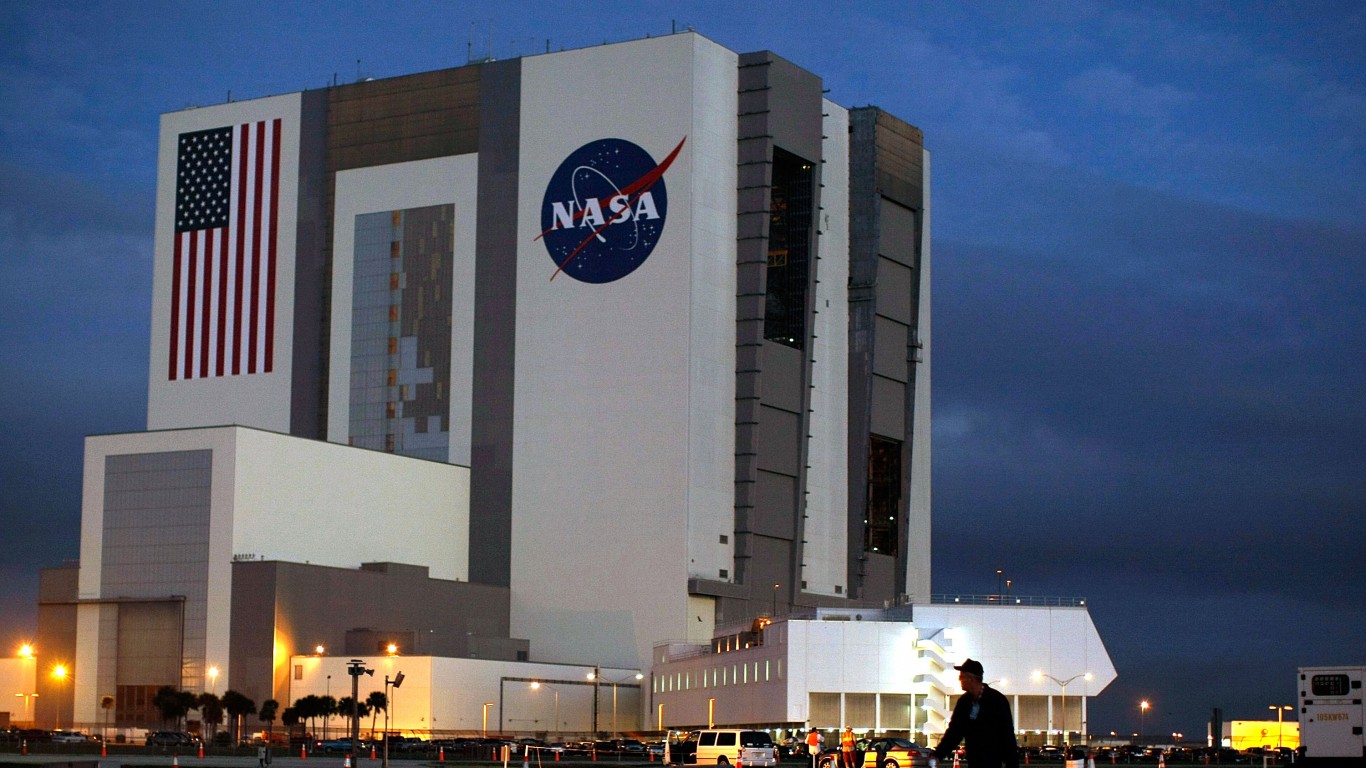
Weighing objectives
Senior NASA managers were still evaluating the objectives for Apollo 8 in October. They considered three possibilities for the mission: an Earth orbital flight deeper into space, a circumlunar flyover, and a lunar orbit mission.
[in-text-ad]
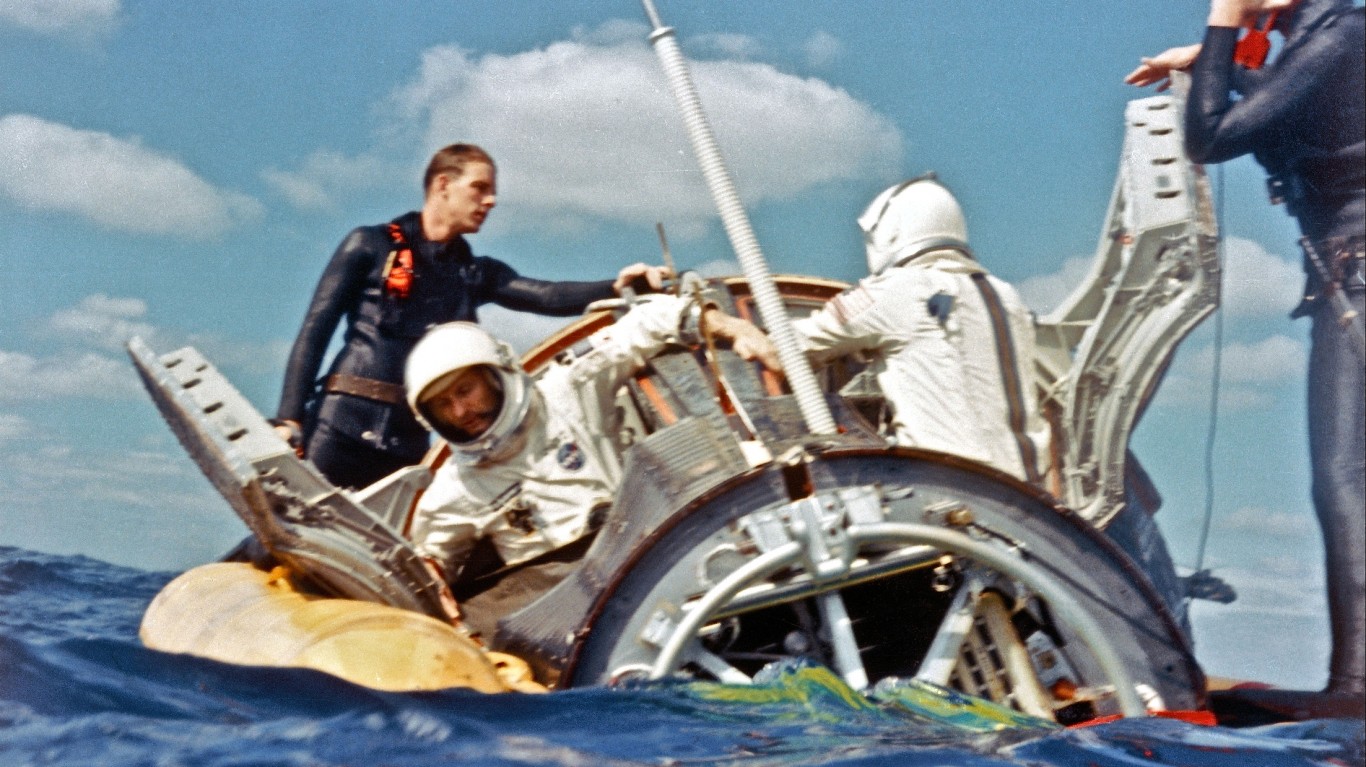
Waiting on Apollo 7
Following the completion of the Apollo 7 mission on Oct. 22, the decision to go ahead with a lunar orbit mission was made on Nov. 12, five weeks before the scheduled launch of Apollo 8. The decision was made after evaluating the performance of the spacecraft during Apollo 7’s 10-day journey in Earth’s orbit and an examination of the risks of a lunar orbit mission.
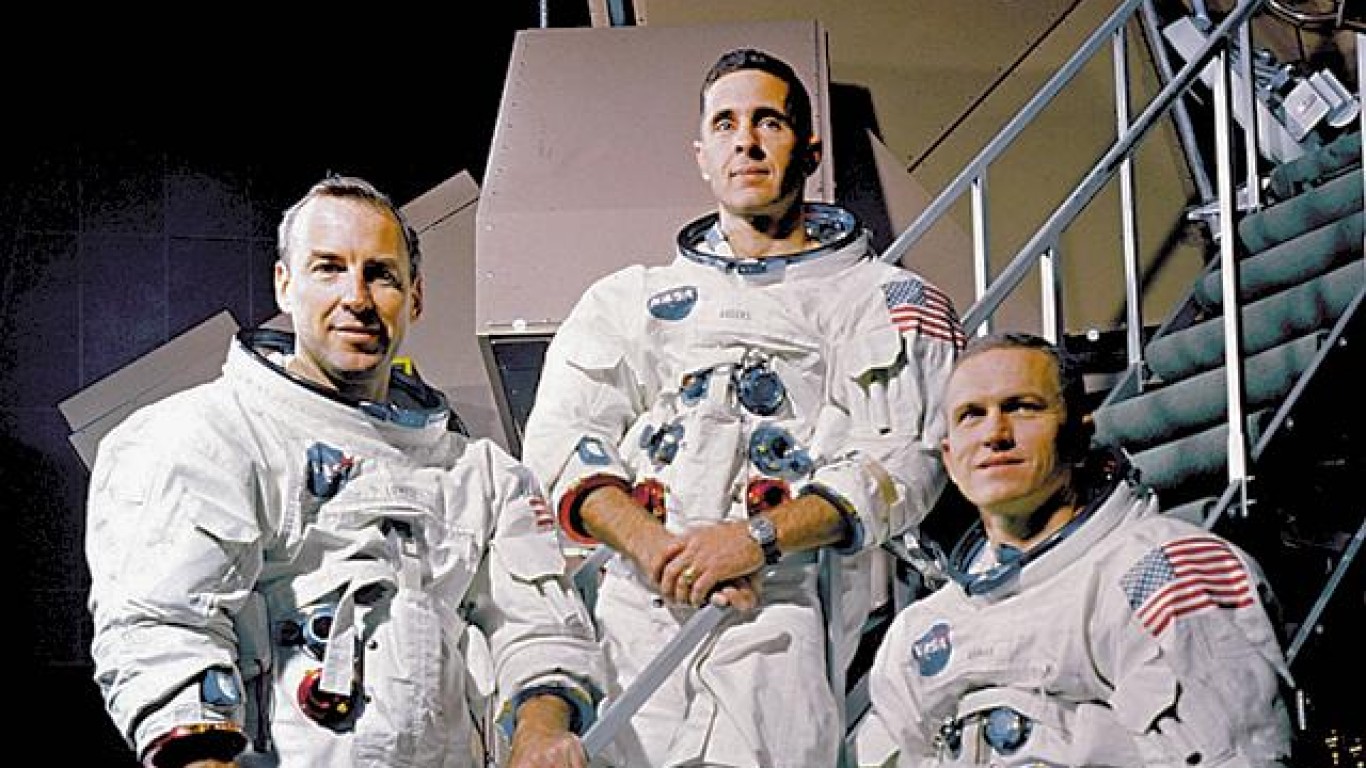
Lunar pathfinders
Apollo 8 was scheduled to fly the same route to the moon as the lunar landing would in 1969.
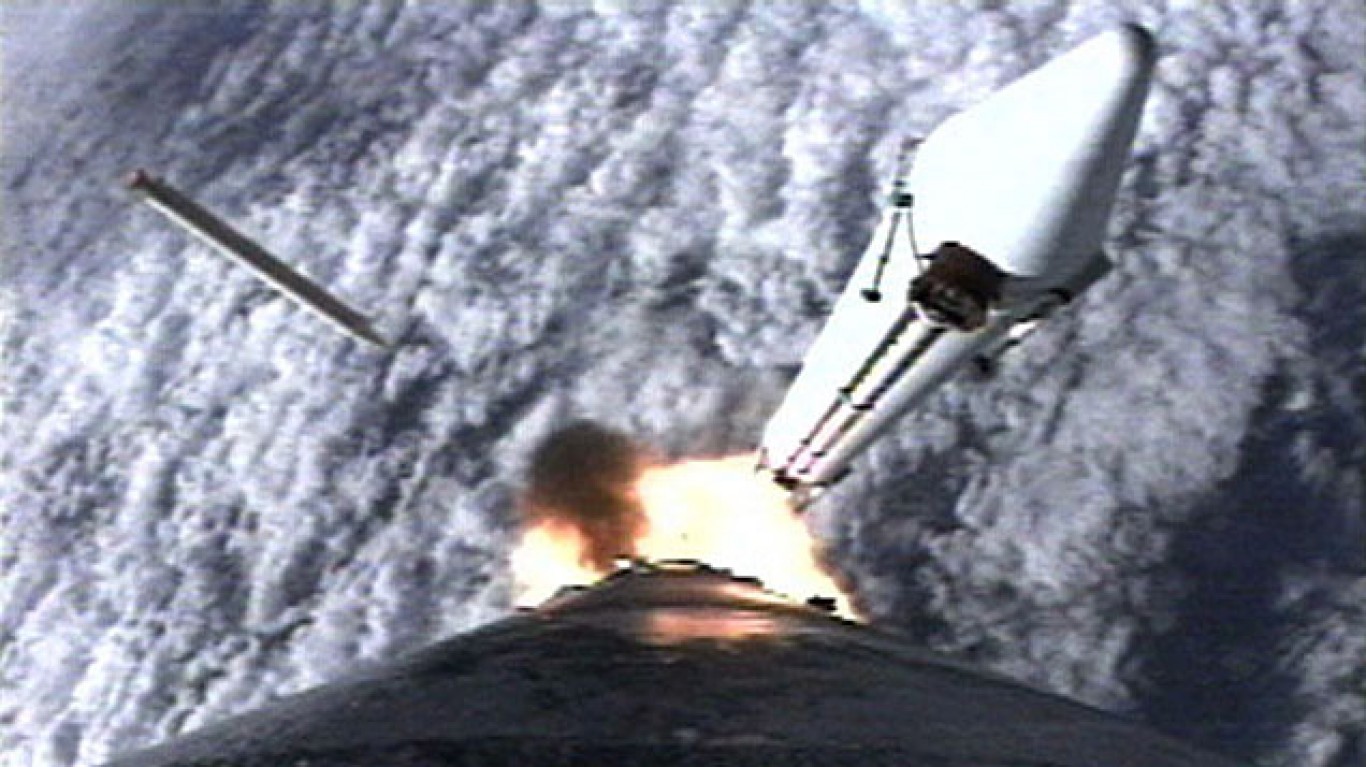
Risks involved
Among the concerns involved in the Apollo 8 mission was the reliability of the service propulsion engine that would thrust the spacecraft out of lunar orbit.
[in-text-ad-2]
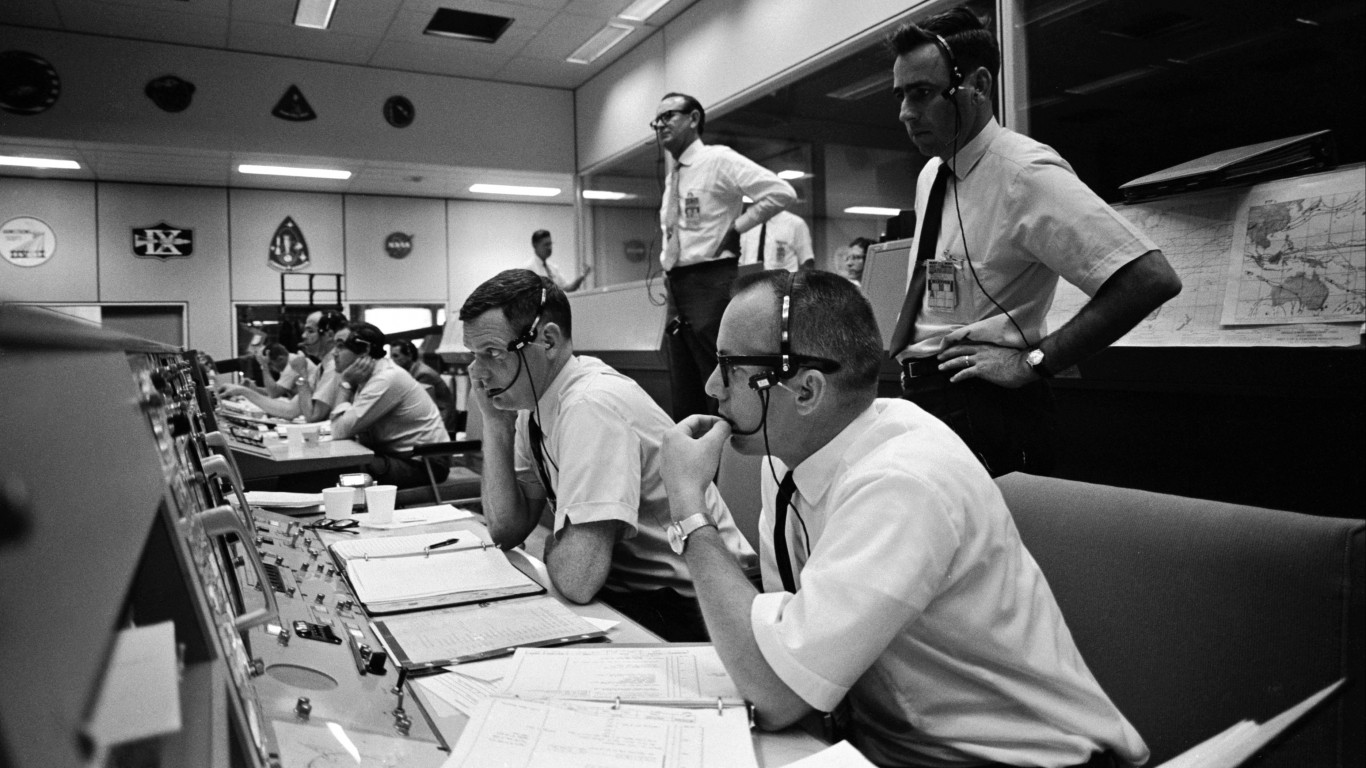
Go time for ‘TLI’
On Dec. 21, 1968, NASA’s Mission Control gave Apollo 8’s crew approval for TLI — trans-lunar injection. This was NASA-speak for clearing the astronauts to become the first people to leave Earth’s orbit. Their destination, the moon, was 234,000 miles away.
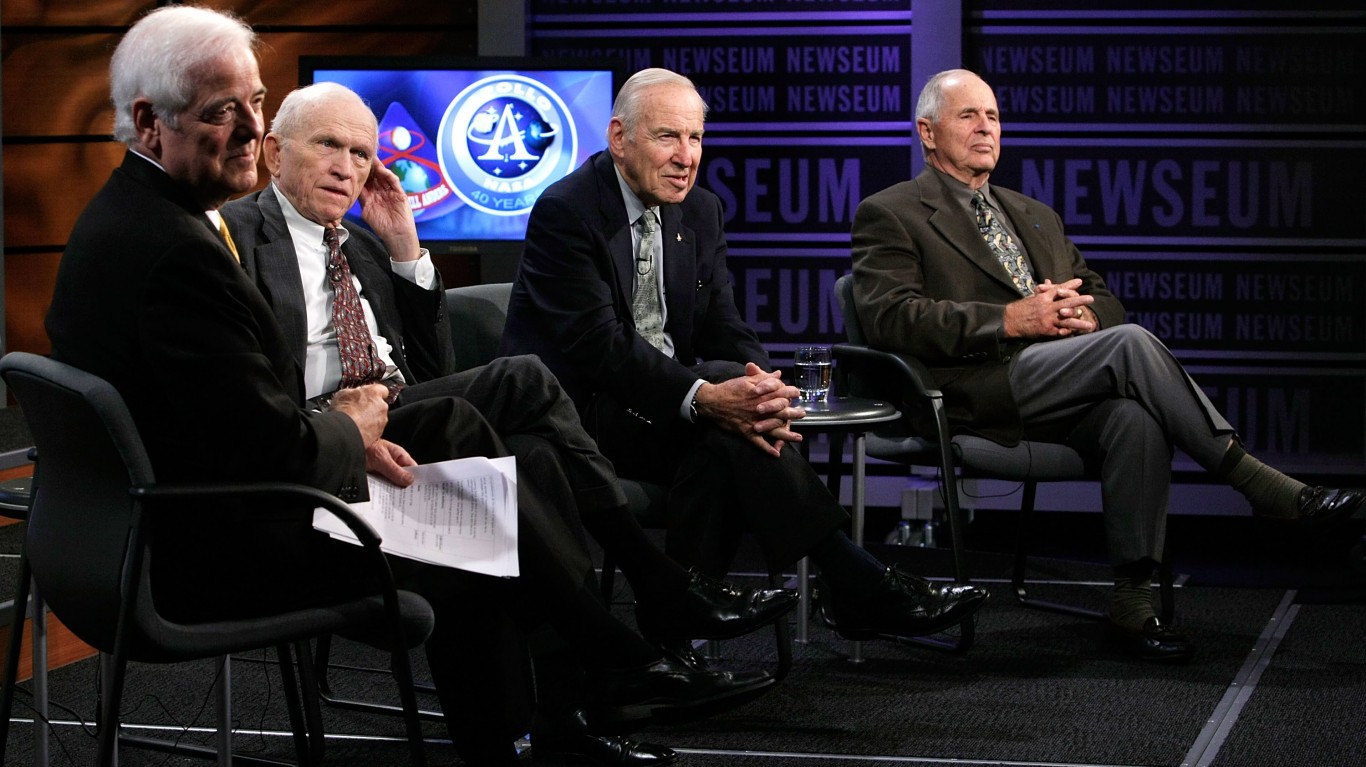
The crew
The crew of Apollo 8 were Frank Borman, James Lovell Jr., and William Anders. Borman and Lovell, both now 90 years old and the oldest living astronauts, had each commanded a Gemini mission. Borman commanded Apollo 8. Anders, now 85 years old, was Apollo 8’s designated lunar module pilot. The backup crew were Neil Armstrong, Buzz Aldrin, and Fred W. Haise Jr. Armstrong and Aldrin would achieve glory as the first two people to set foot on the moon.
[in-text-ad]
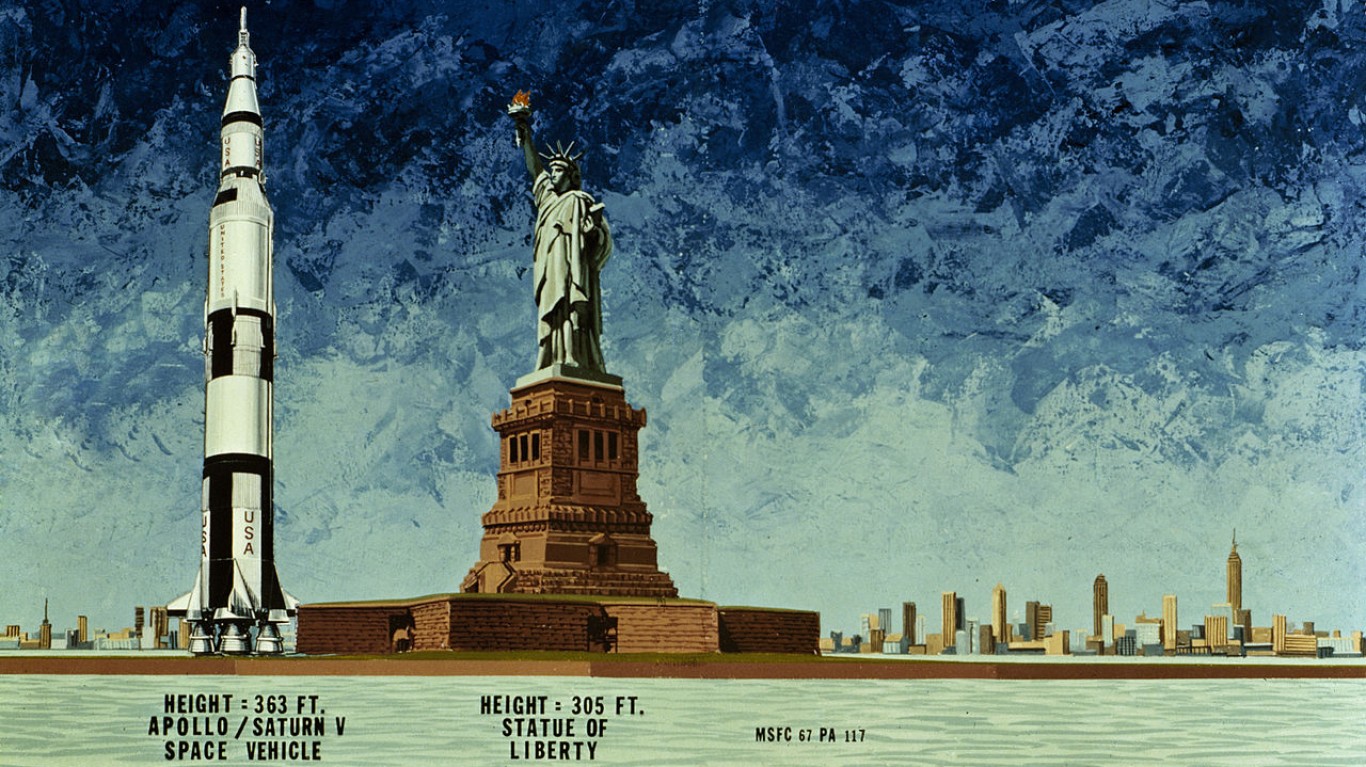
Saturn V
The Saturn V rocket engines were massive F-1 rocket engines, the most powerful ever constructed. Apollo 8 was the first piloted mission launched with the Saturn V. Boeing, McDonnell Douglas, and North American Aviation built the three stages of the Saturn V.
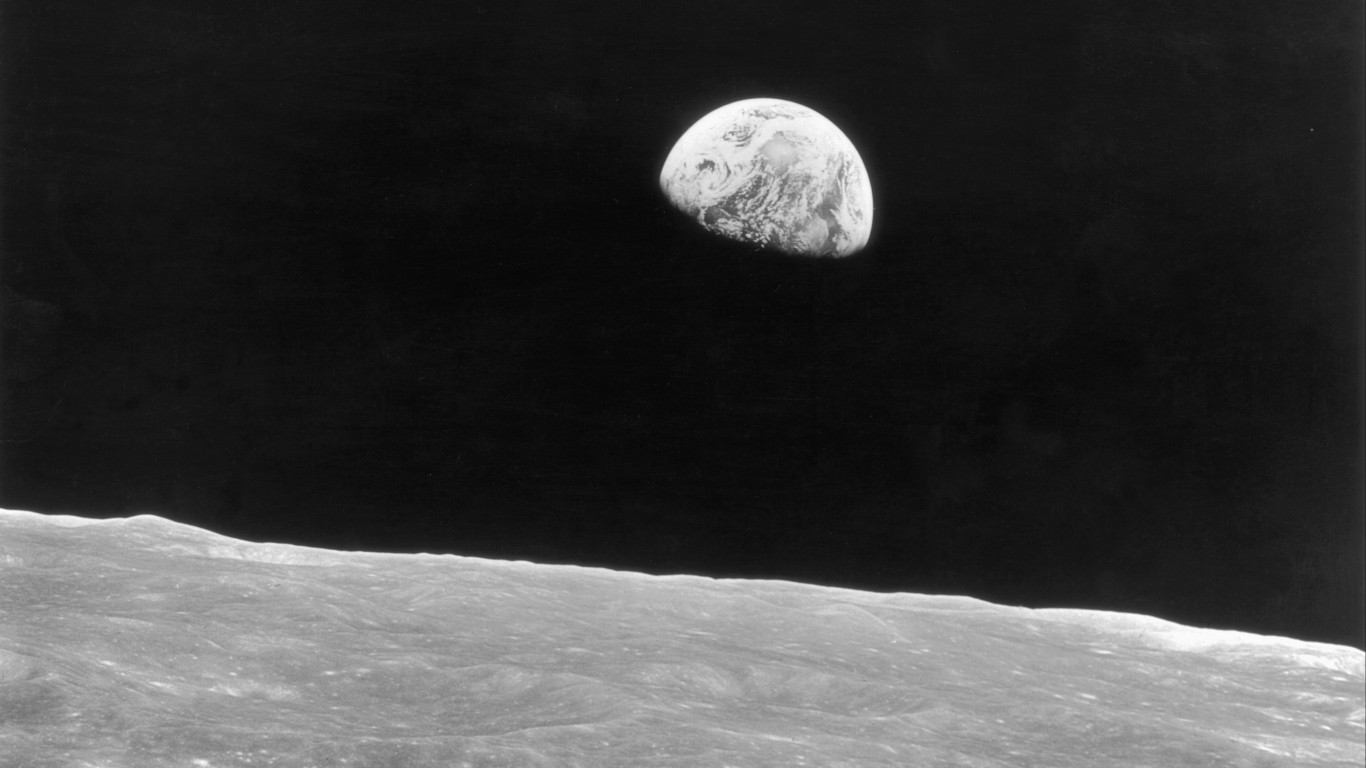
Faster than anyone
Two hours and 50 minutes after liftoff, the Saturn V’s third stage fired, propelling the spacecraft to 24,208 mph, faster than any human had ever flown, according to NASA.
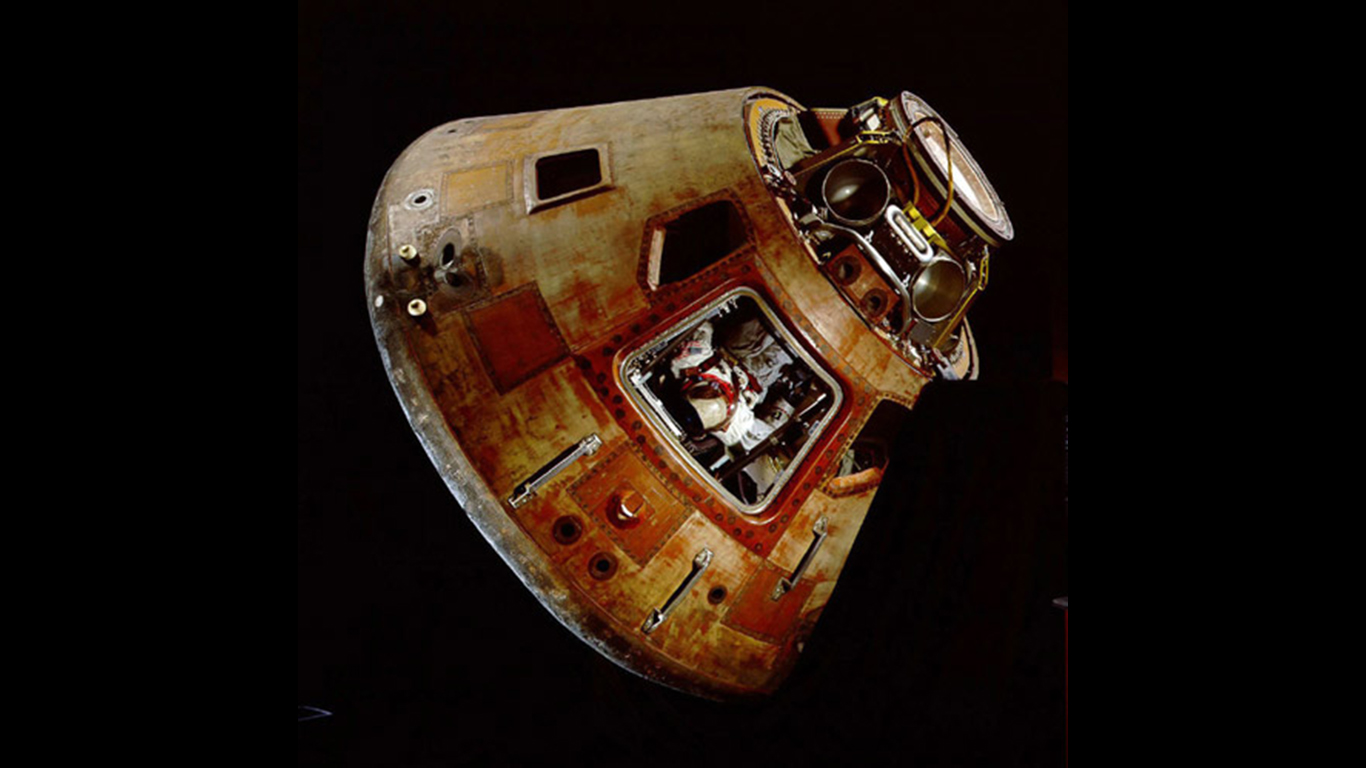
Space queasiness
Apollo 8 was the first U.S. mission in which the crew members had mild motion sickness, similar to seasickness. The symptoms lasted between two hours and 24 hours and did not affect the mission.
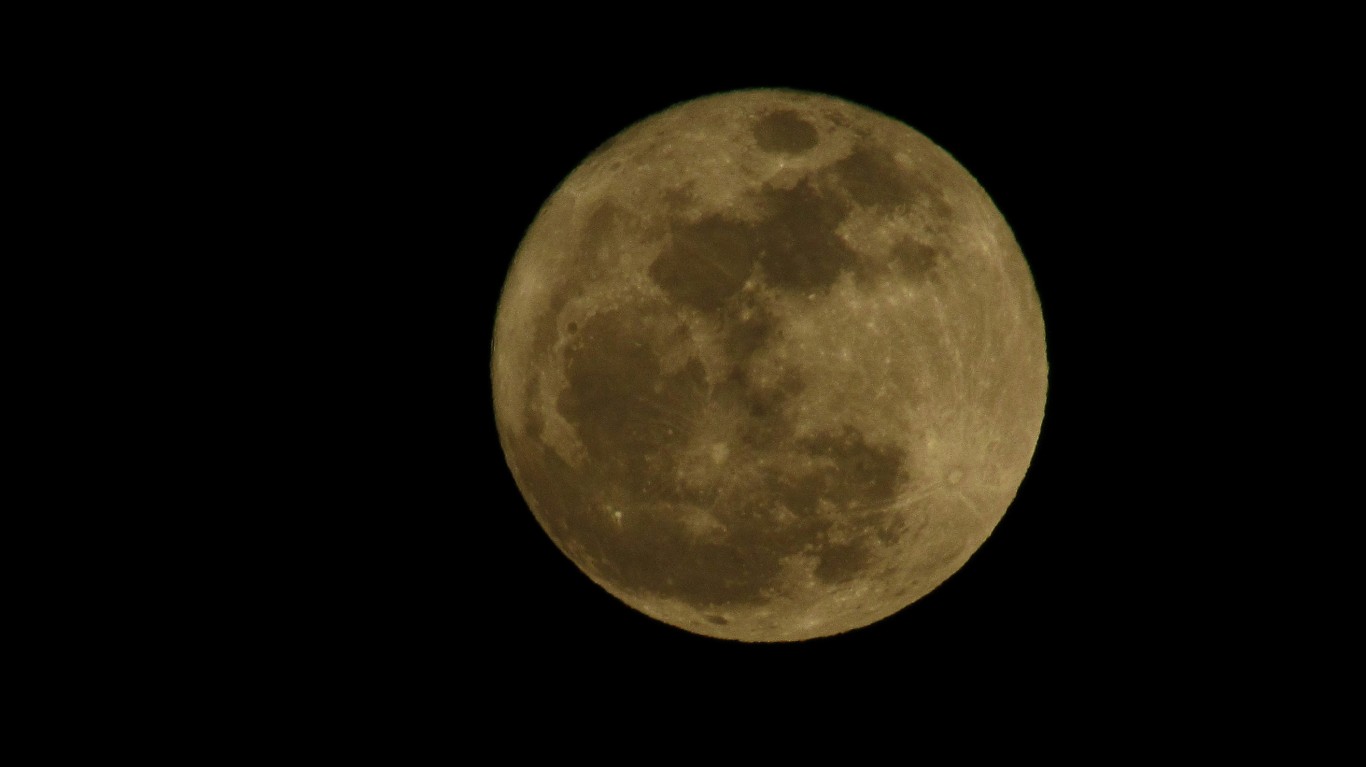
Pull of the moon
About 55 hours into the mission, NASA told the crew that they had become the first humans to travel to a place where the pull of Earth’s gravity was less than that of another entity. At that point, the moon’s gravitational pull on Apollo 8 had become stronger than that of the Earth.
[in-text-ad-2]
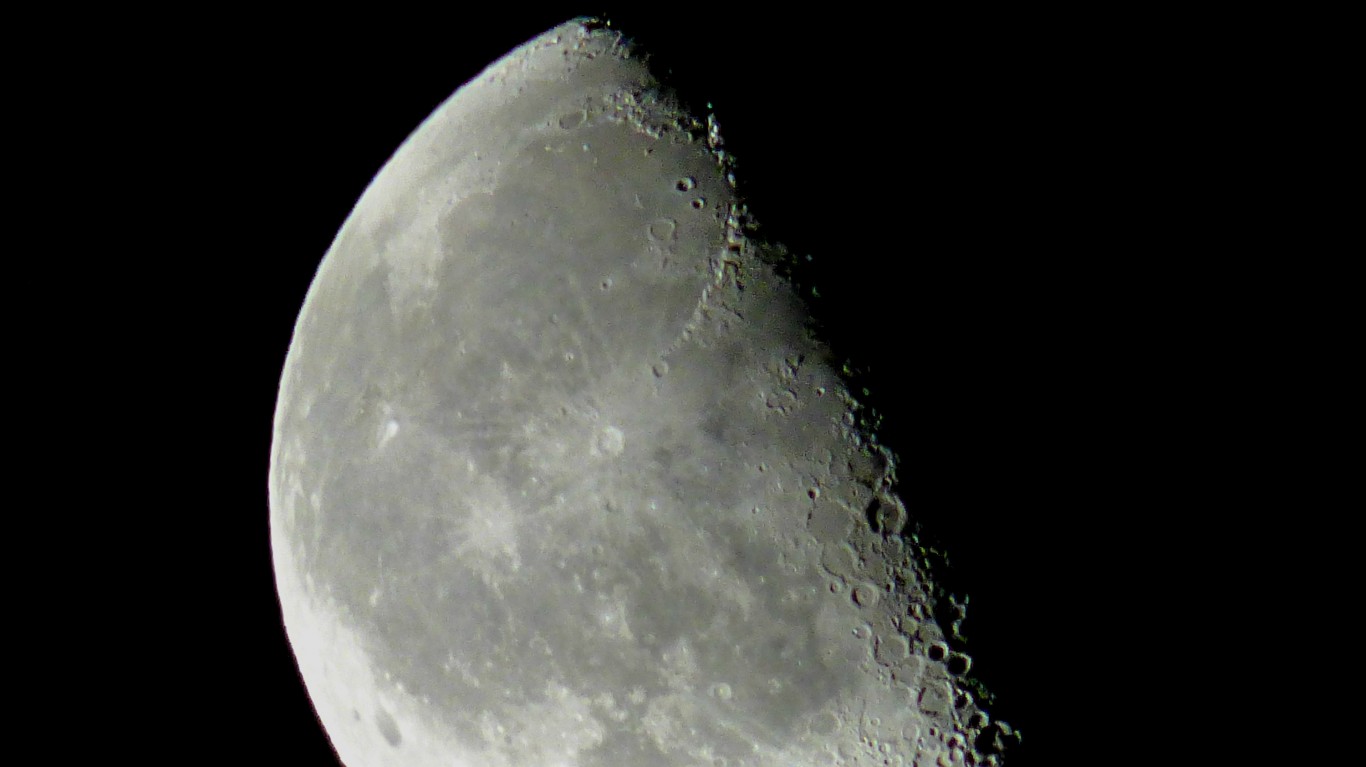
Out of contact
Apollo 8 neared the moon early on Christmas Eve and prepared for the firing of its propulsion system engine that would send the crew into lunar orbit. This action would take place on the other side of the moon when the crew was out of contact with Earth. After about 37 minutes, data began pouring into Mission Control that indicated Apollo 8 was in lunar orbit.
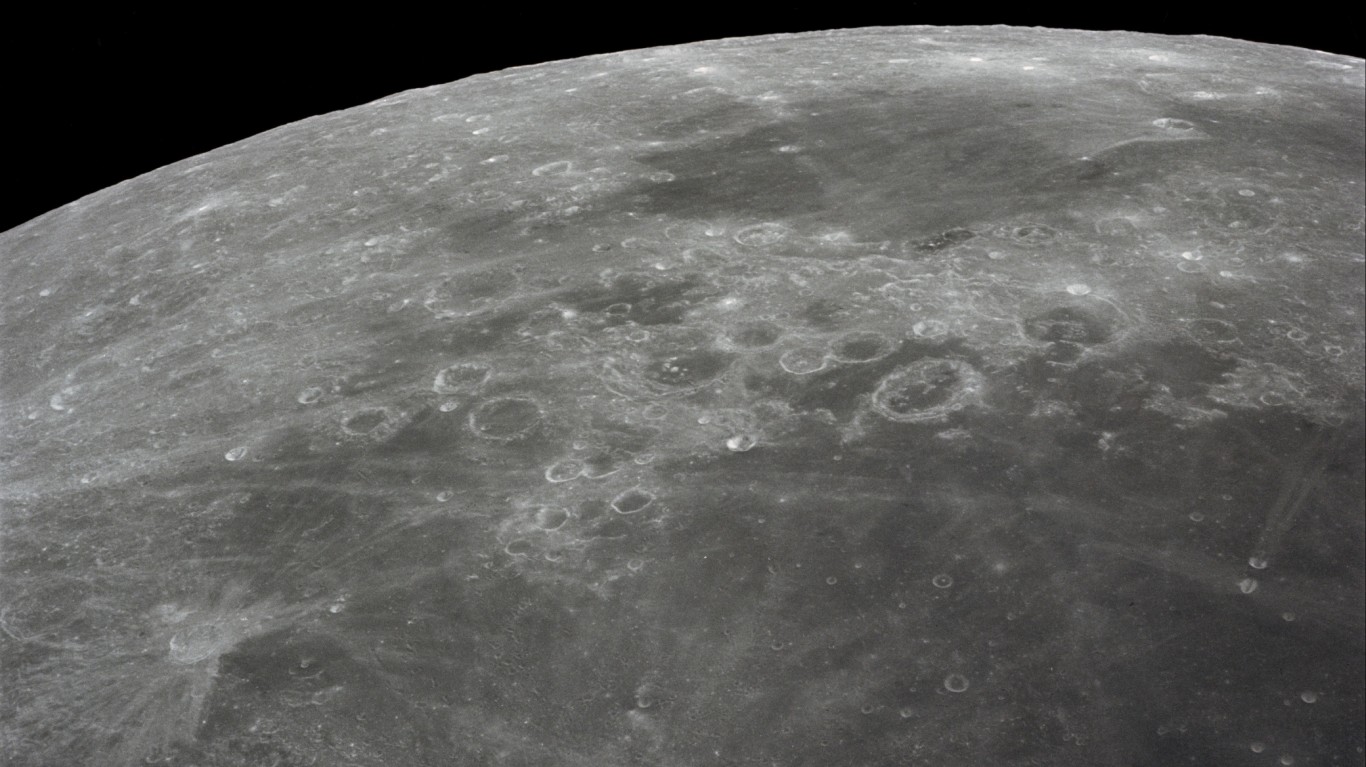
Photographic memories
Apollo 8’s mission was famous for the photos the crew took. Among their objectives was to photograph areas not fully captured by satellite photography and to take pictures of potential lunar landing sites. The crew took more than 800 photos. Among the images taken by the astronauts were the first pictures of Earth from deep space.
[in-text-ad]
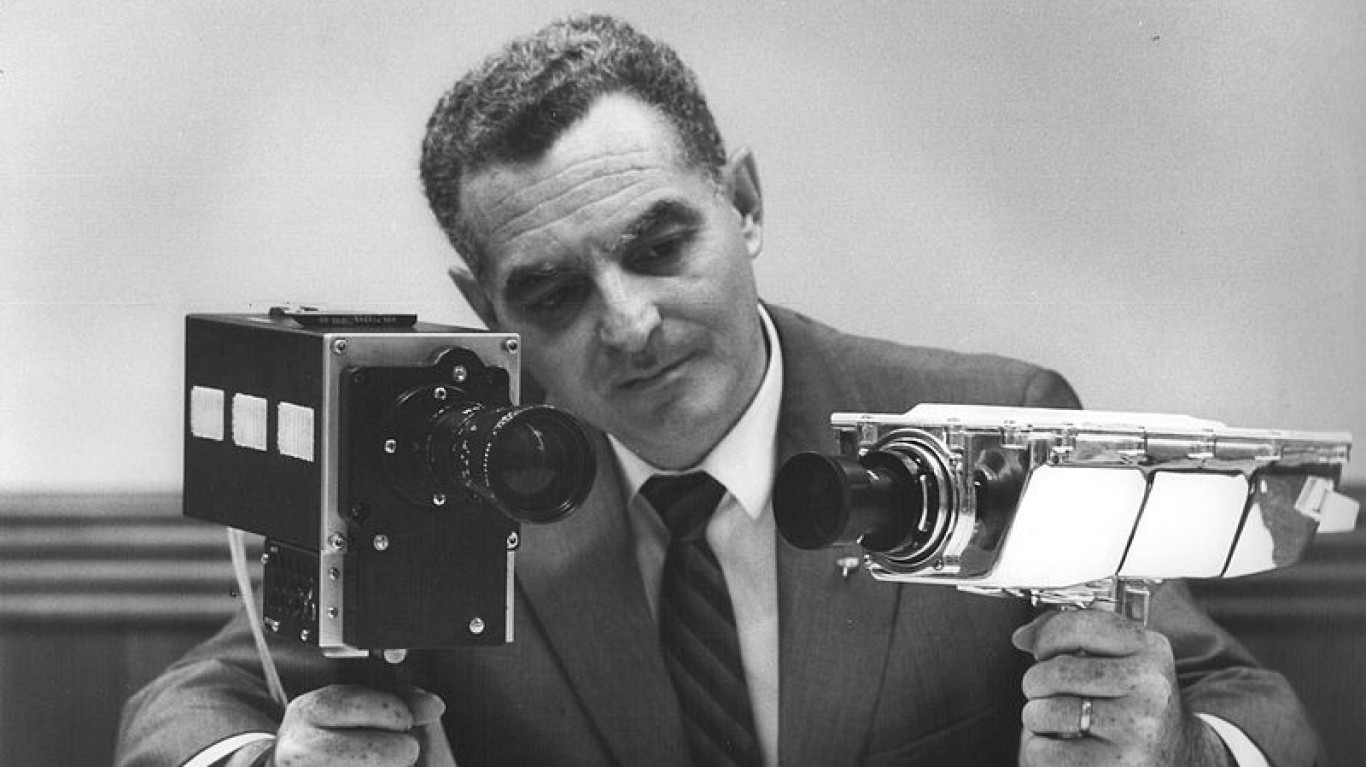
Live from the moon
Apollo 8 showed the first live television coverage of the lunar surface. There were a total of six telecasts during the mission.
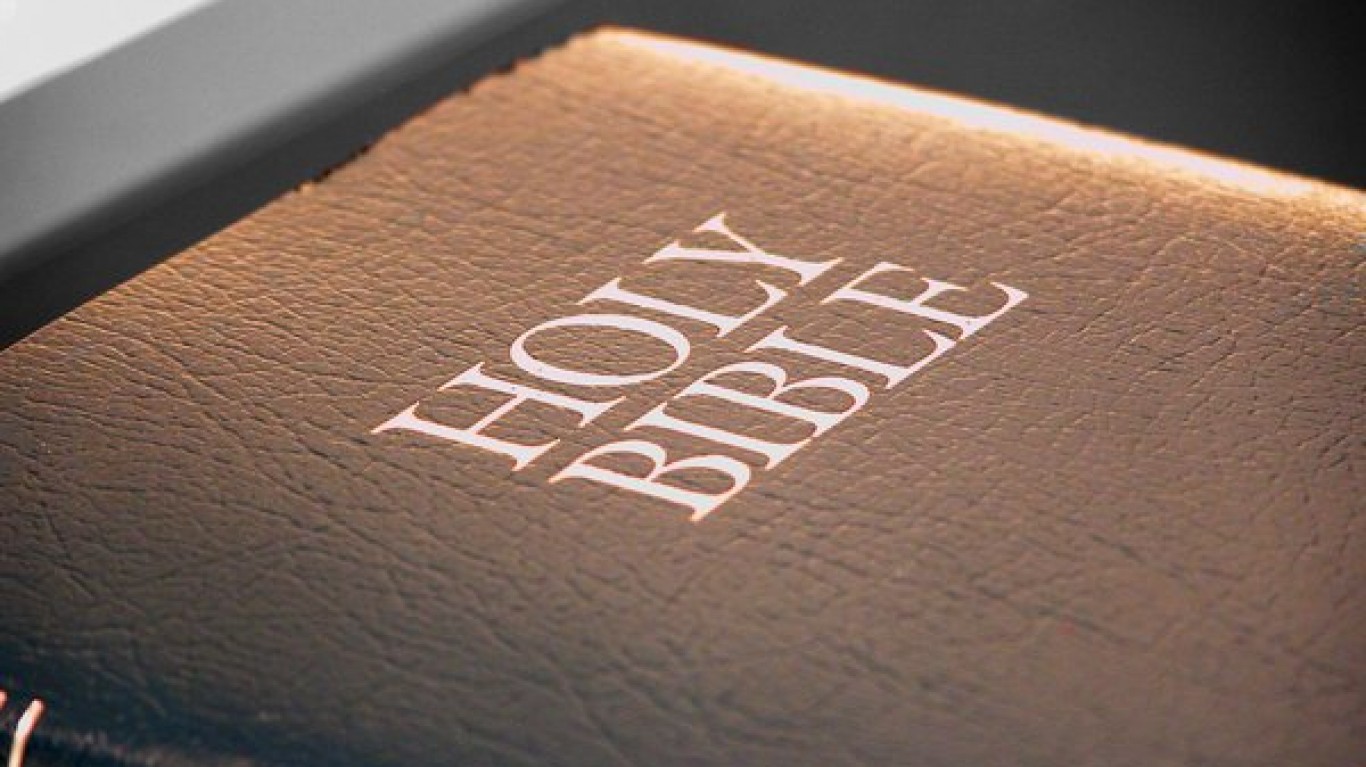
In the beginning…
The astronauts read 10 verses from the book of Genesis during a television transmission on Christmas Eve. An estimated 1 billion people in 64 countries heard or viewed the live reading. Not everyone was enthralled by the biblical reading. Atheist activist Madalyn Murray O’Hair, who supported separation of church and state, brought a lawsuit against NASA over the reading from the Bible by government employees. The suit was dismissed by a federal court and the Supreme Court refused to hear the appeal.
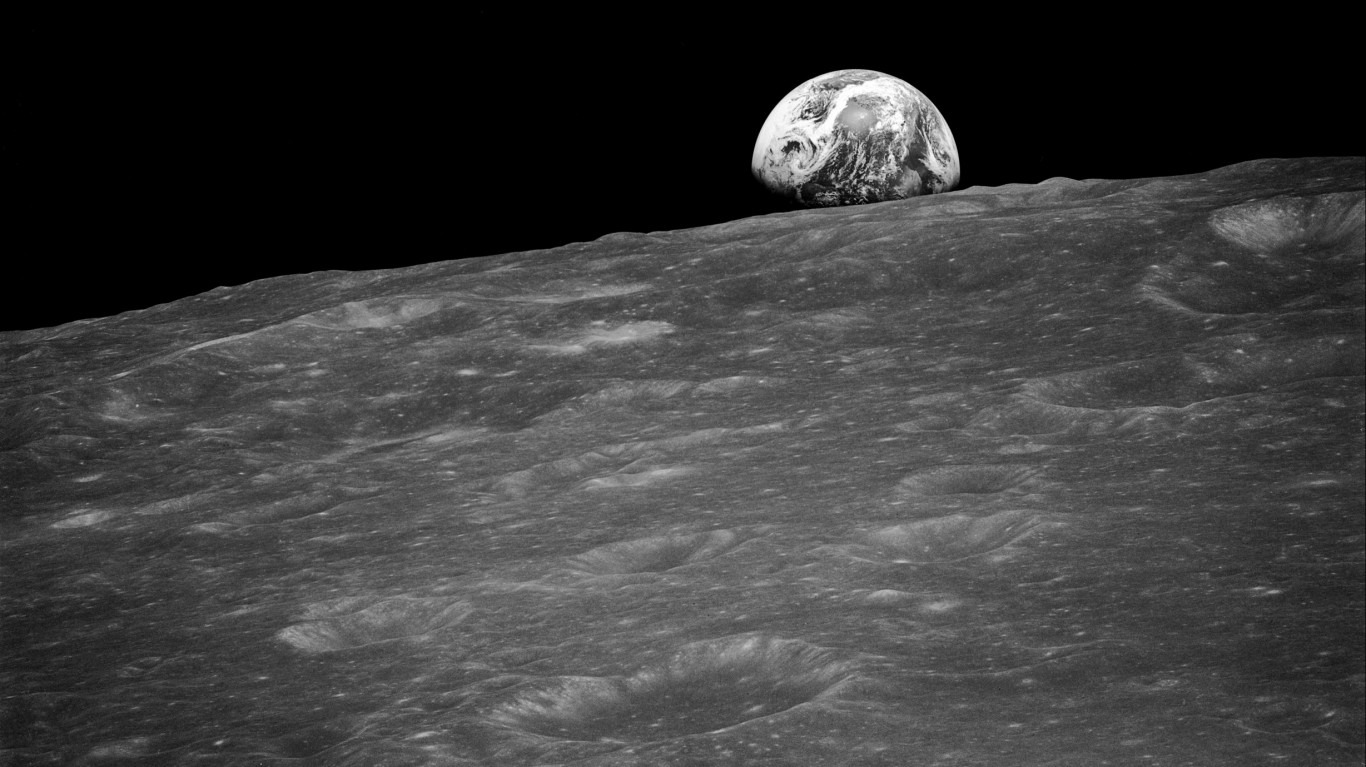
10 orbits around the moon
Apollo 8 orbited 10 times around the moon about 60 miles above the lunar surface.
[in-text-ad-2]
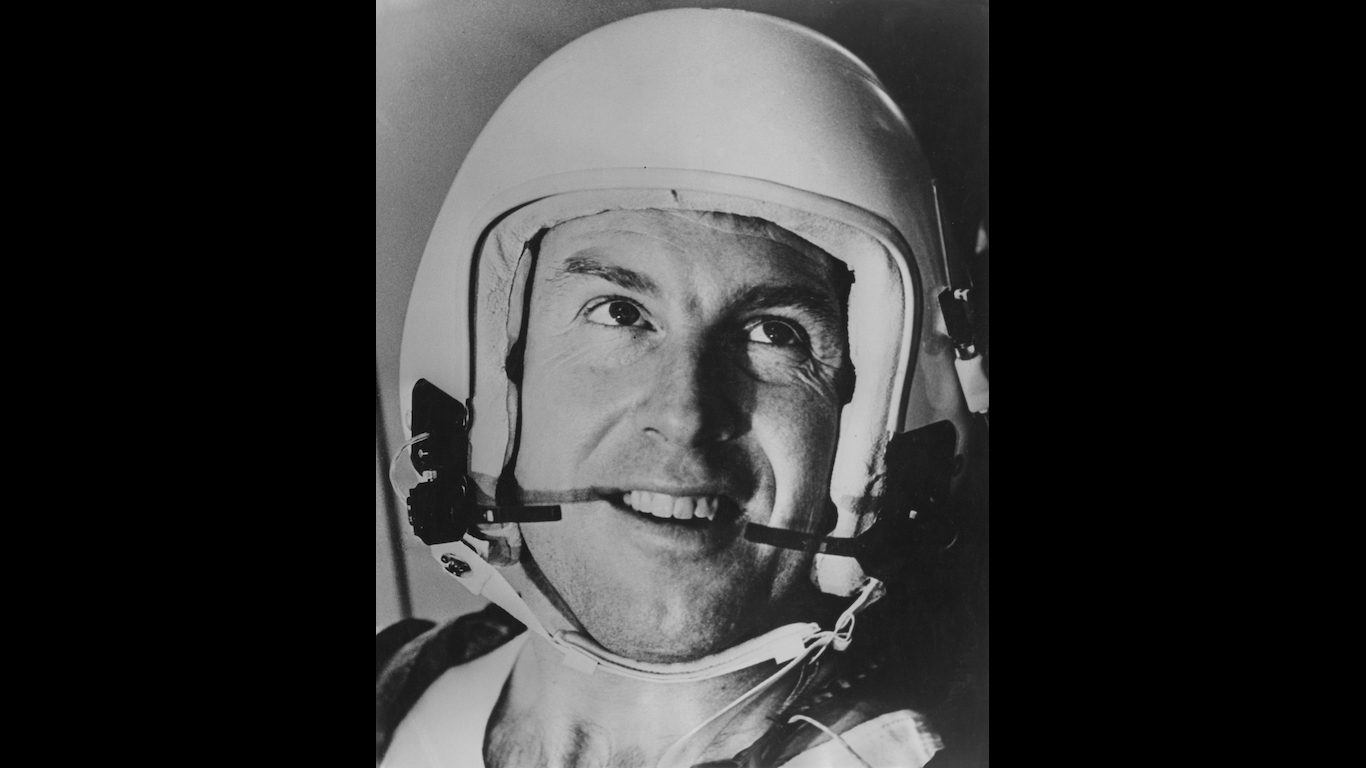
A Christmas present for all
One tricky part remained for Apollo 8. The spacecraft had to execute what was called a trans-Earth injection burn to propel itself out of the lunar orbit for the journey back to Earth. This occurred on Christmas morning, again behind the moon and out of contact with Earth. The injection burn took just over 3 minutes and was successful. Lovell informed Mission Control of the good news by saying,”The crew of Apollo 8 wants you to know that there is a Santa Claus.”
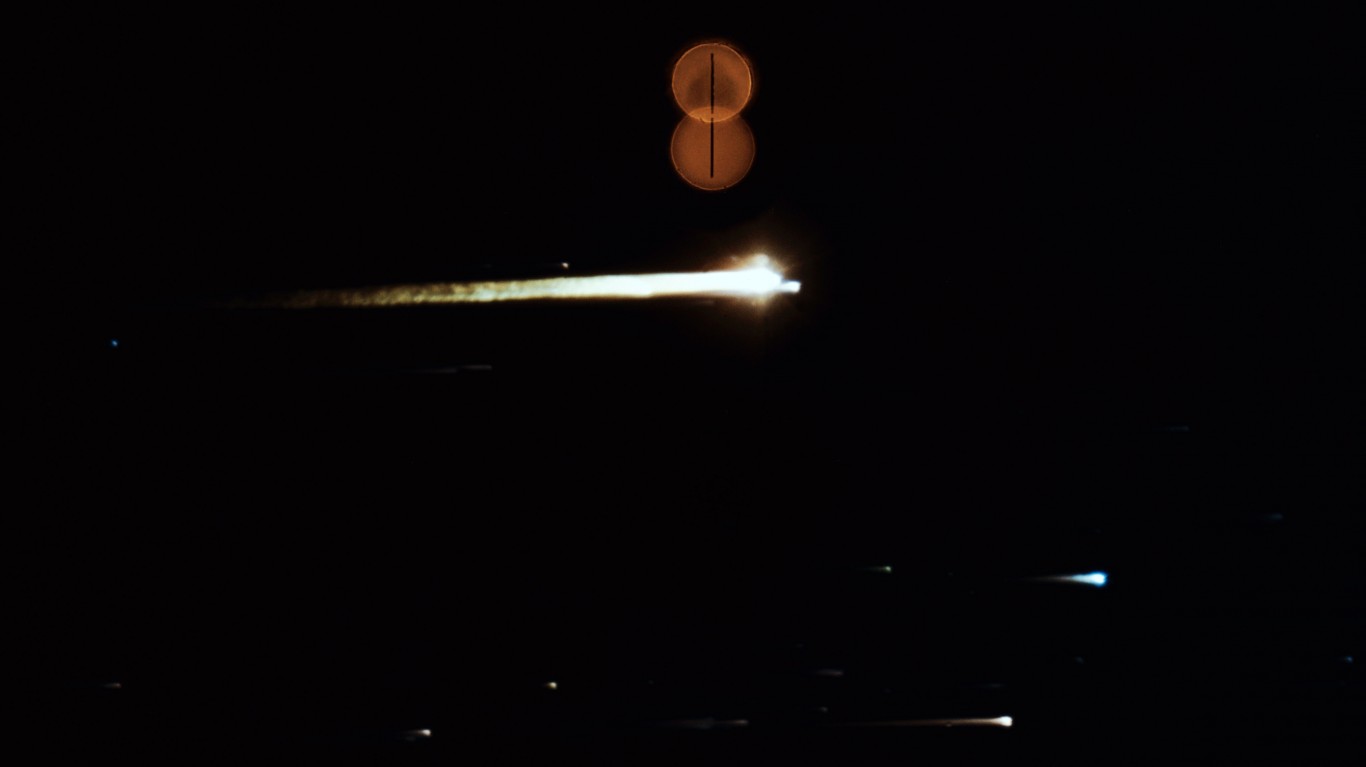
Re-entry
Apollo 8’s re-entry velocity clocked in at 24,696 mph, and the heat-shield temperatures soared to 5,000 degrees Fahrenheit. The spacecraft splashed down in the Pacific Ocean on Dec. 27, southwest of Hawaii, and was retrieved by the USS Yorktown, 147 hours after launch. The Command Module is now located at the Museum of Science and Industry in Chicago, where it has been since 1971.
[in-text-ad]

Accolades from Time magazine
The crew of Apollo 8 were named Time magazine’s “Men of the Year” in 1968.

Enduring photo
One of the most famous outcomes of the flight was the “Earthrise” picture that was taken as the crew came around for their fourth orbit of the moon. “Earthrise” was selected by Life magazine as one of 100 photos that changed the world and is also credited with helping to boost the environmental movement. It was also the subject of commemorative stamp.

Super Bowl appearance
Before Super Bowl III on Jan. 12, 1969, the Apollo 8 crew recited the Pledge of Allegiance before the performance of the national anthem. Maybe the presence of the astronauts inspired the New York Jets, who beat the heavily favored Baltimore Colts in one of the biggest sports upsets ever.
The average American spends $17,274 on debit cards a year, and it’s a HUGE mistake. First, debit cards don’t have the same fraud protections as credit cards. Once your money is gone, it’s gone. But more importantly you can actually get something back from this spending every time you swipe.
Issuers are handing out wild bonuses right now. With some you can earn up to 5% back on every purchase. That’s like getting a 5% discount on everything you buy!
Our top pick is kind of hard to imagine. Not only does it pay up to 5% back, it also includes a $200 cash back reward in the first six months, a 0% intro APR, and…. $0 annual fee. It’s quite literally free money for any one that uses a card regularly. Click here to learn more!
Flywheel Publishing has partnered with CardRatings to provide coverage of credit card products. Flywheel Publishing and CardRatings may receive a commission from card issuers.
Thank you for reading! Have some feedback for us?
Contact the 24/7 Wall St. editorial team.